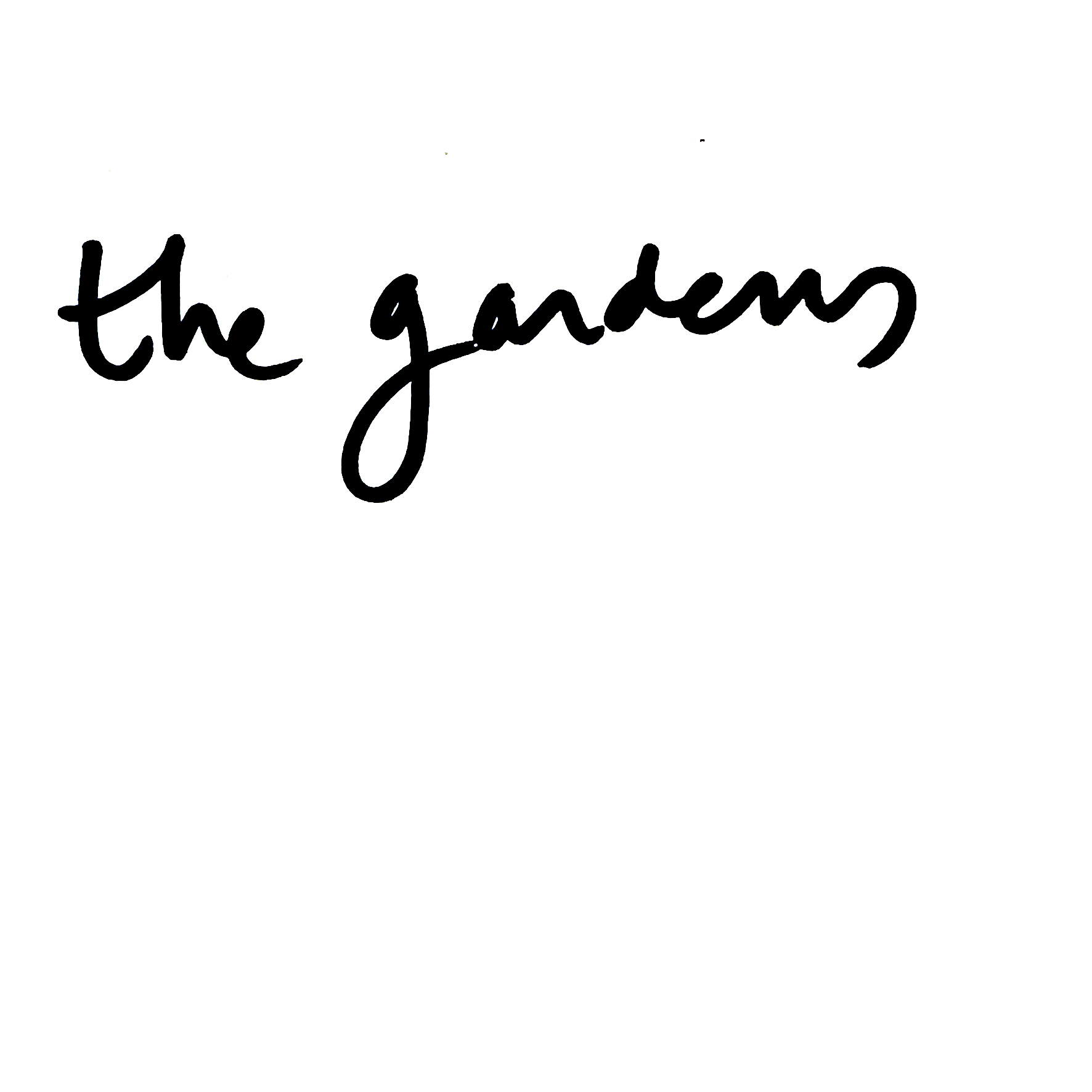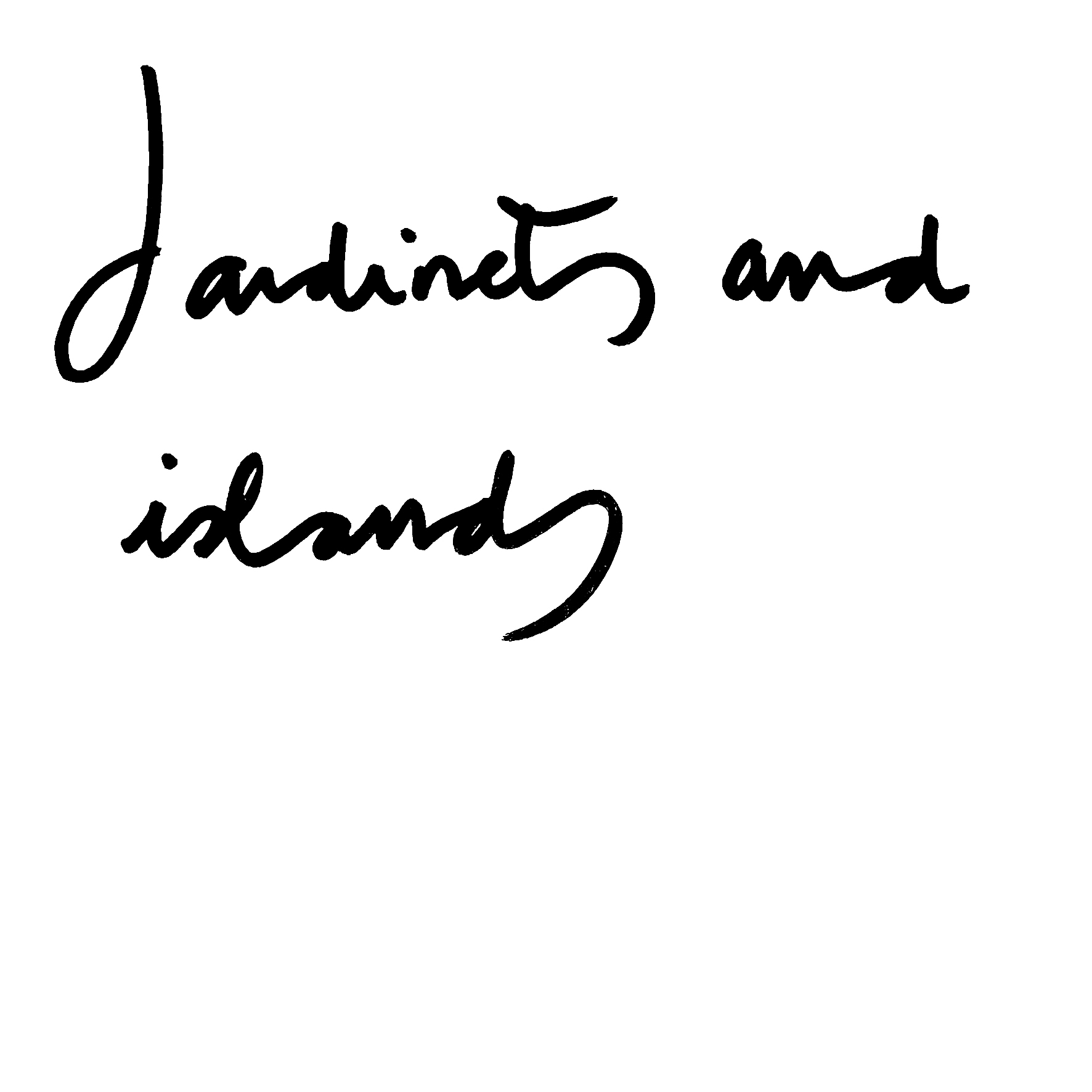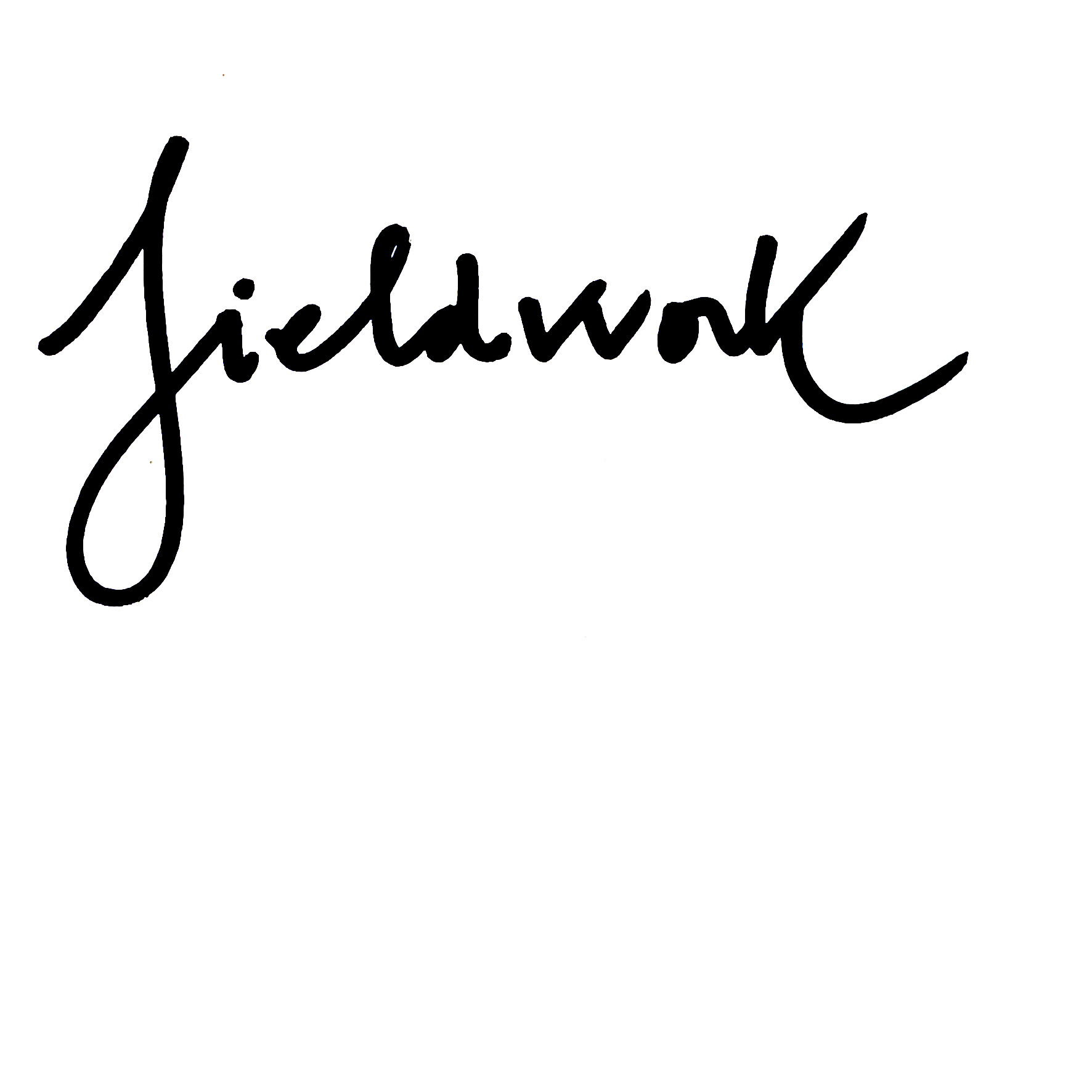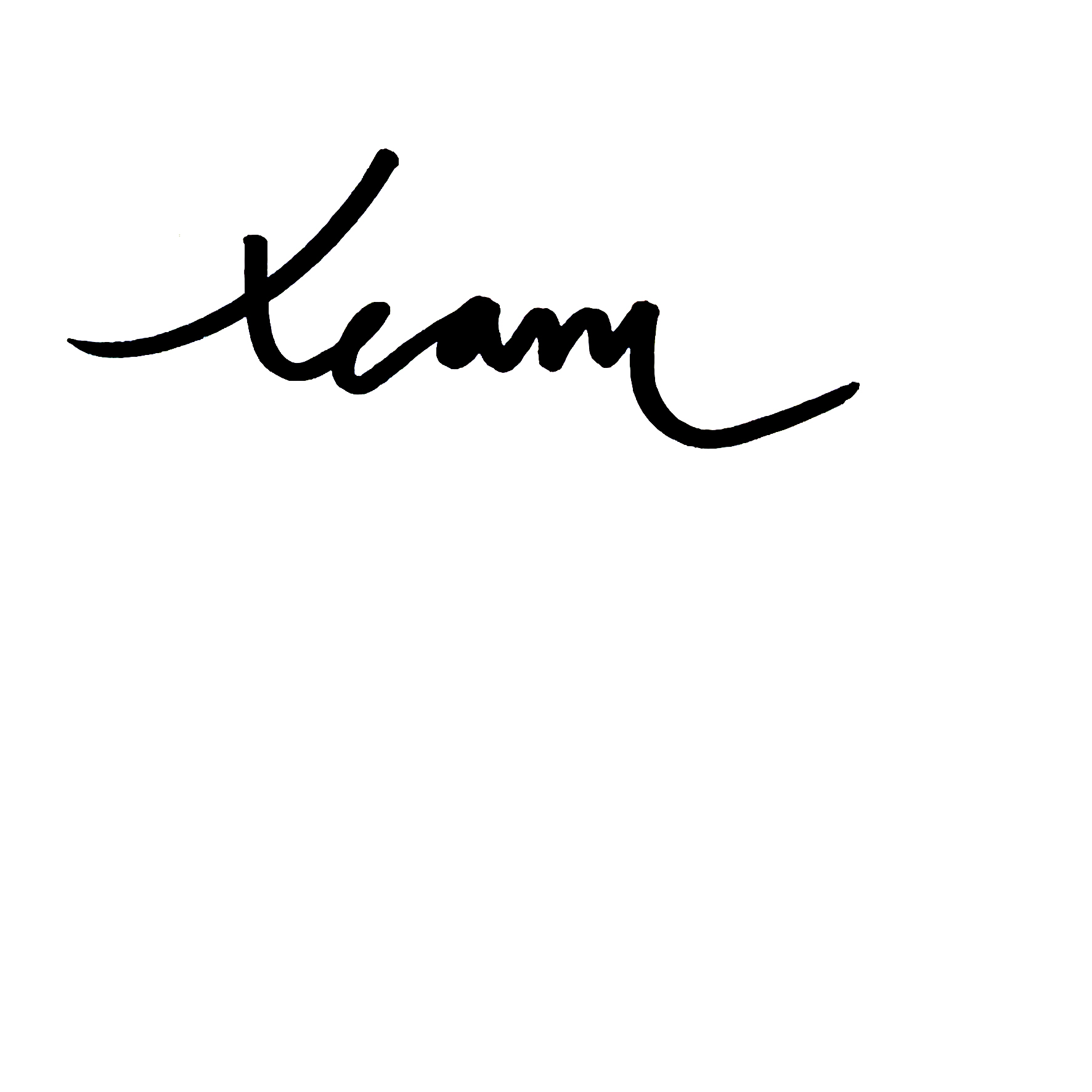
Introduction
As part of the Garden of the XXI Century research, the project in Senan, Spain, investigates how a simple practice of modifying the soil through the carefully managed grazing of horses can build ecological and social capacities in a rural area with limited resources. The project responds to the poor condition of the region’s soils; they are thin, dry and with limited capacity to support life. The existing soils limit the potential to develop alternative forms of production, which would support new economies and ways of engaging with the landscape. By introducing a management system that builds organic matter and biological activity in the existing soils over time, the project creates the possibilities for new landscapes to emerge in Senan.
The project is divided into a series of interconnected extensive Gardens located on marginal land in the surroundings of Senan. Each Garden contains a series of Jardinets and Islands, which are intensively managed moments that respond to unique conditions and opportunities. These spaces invite guests to visit, relax and to participate in the production of the Garden of the XXI Century.
APPROACH
Working with local landowners, the team identified marginal parcels of land that are unproductive in the current model of farming. These are typically small parcels and slopes that are difficult to access for large machines. These parcels were farmed previously but have transformed into forest since they were abandoned in the decades following WWII.
The parcels are distributed in the area around Senan, and they are divided into a series of plots, each of which will support the horses for 1 day. The exact size of each plot depends on the existing condition of the vegetation and the capacity of the parcel to support the plants that the horses can eat. The size of the plots are calculated following the methodology of Rational Grazing developed by Andre Voisin, which defines the area of land needed to support each animal, as well as the approximate amount of time that the vegetation needs to regenerate before it can be grazed again. This approach concentrates the horses in a defined area for a short amount of time, ensuring that they are eating the plants at the ideal moment, namely right before the plants redirect their energy to reproduction and the quality of herbage declines. This management strategy also means that the horses eat all of the plants, rather than only their favorites, which contributes to an even development of the vegetation community, without favoring the species that the horses do not eat. By regularly grazing at the optimum moment in the life cycle of the plant, the horse consumes the leaves when they are most rich in nutrient, and stimulates the plant’s vigorous regrowth. This pattern intensifies nutrient cycling and contributes to increasing biological activity in the soil (CITE). As the horses eat and poop, the organic matter is returned to the soil. Our hypothesis is that, taken together, these processes will increase soil organic matter, the activity and diversity of bacteria and fungi, the cation exchange capacity and water holding potential of the existing soils onsite.
The regeneration of the soil is not just an ecological process, it is also a cultural one. The project is a garden, which means that it reveals new forms of beauty that respond to the unique opportunities of the site. The introduction of the horses brings a new rhythm, and the management of the garden builds social relationships, which, over time, will create new forms of production. The garden invites guests to experience the excitement of the increasingly dynamic productive landscape and respond with activities and forms of inhabitation adapted to the place. The Jardinets and Islands are spaces for people to visit and rest that benefit from their proximity to the soils improved by the horses in order to grow fruits and berries. The project challenges the artificial division between productive spaces and conventionally beautiful gardens, asking instead what new forms of beauty can emerge from the necessary regeneration of our exhausted landscapes.
COLLABORATION
The project emerges from a growing web of collaboration, with different disciplines and individuals contributing their expertise and experience. The core team is a partnership between the Chair of Being Alive at the ETH Zurich in Switzerland, made up of landscape architects, architects and agronomists, and Innova Horse Care based in Barberà de la Conca, Spain, who have extensive experience working with horses and regenerative landscape management in Catalunya. Additionally, contributions from soil scientists in Spain and Switzerland, forest engineers and inhabitants of the area around Senan have shaped the structure and scope of the project. Collaboration is central to our methodology. We recognize that no single discipline or individual can provide all the answers to the complex challenges of the contemporary moment. We need to build teams that integrate the knowledge that comes from living in a place and knowing it intimately with approaches grounded in the fields of environmental science and design in order to understand and transform our shared environment.
FUTURE
This process of regeneration will not happen overnight. It will require years of skilled and consistent management, attentive to the needs of the horses, the soil and the plants. Transformations in the landscape that build on the existing conditions take time to become visible, especially when those changes occur below ground. The first phase of the project will last for five years, which creates unique challenges and opportunities. A systematic approach to monitoring and fieldwork documents the existing condition of the soil and vegetation, and will register changes as they occur. This monitoring protocol allows the team to respond to observed conditions, and to share the findings through documentation and translation into drawings. The project will continue to evolve and grow as new collaborators join, and the transformations occurring below ground begin to express themselves on the surface.






